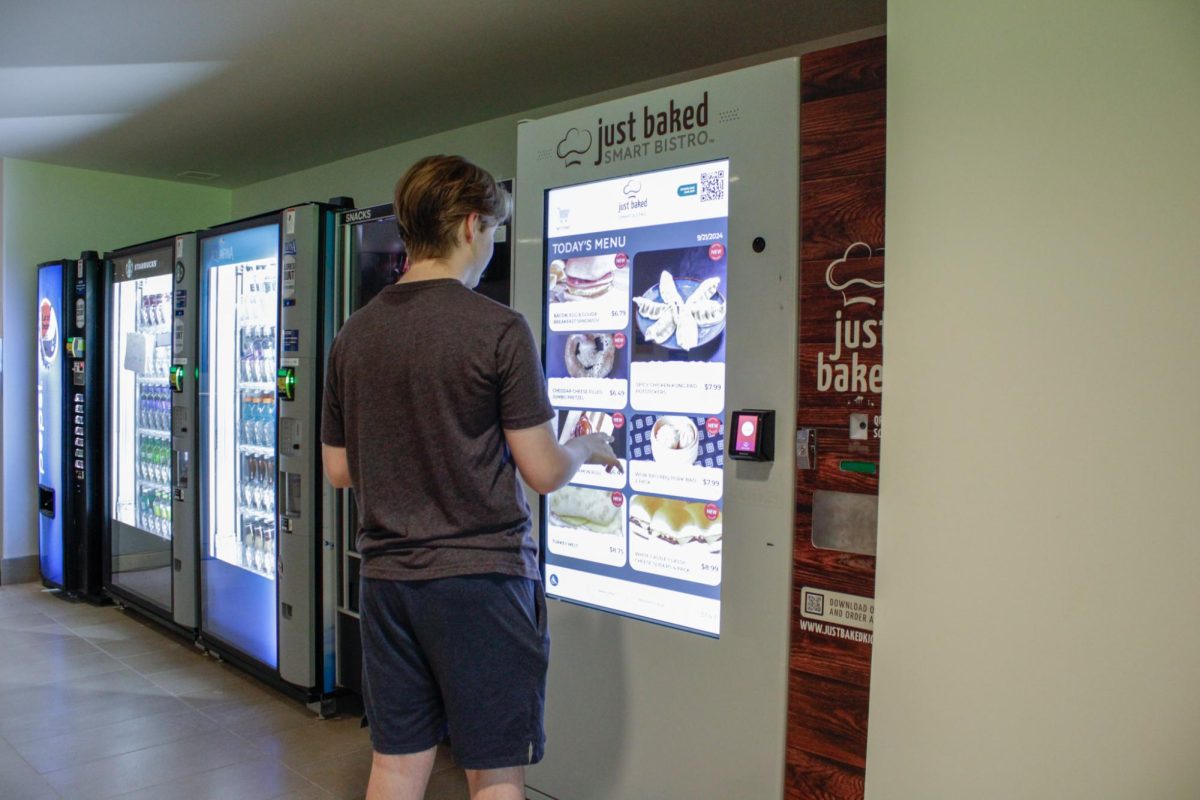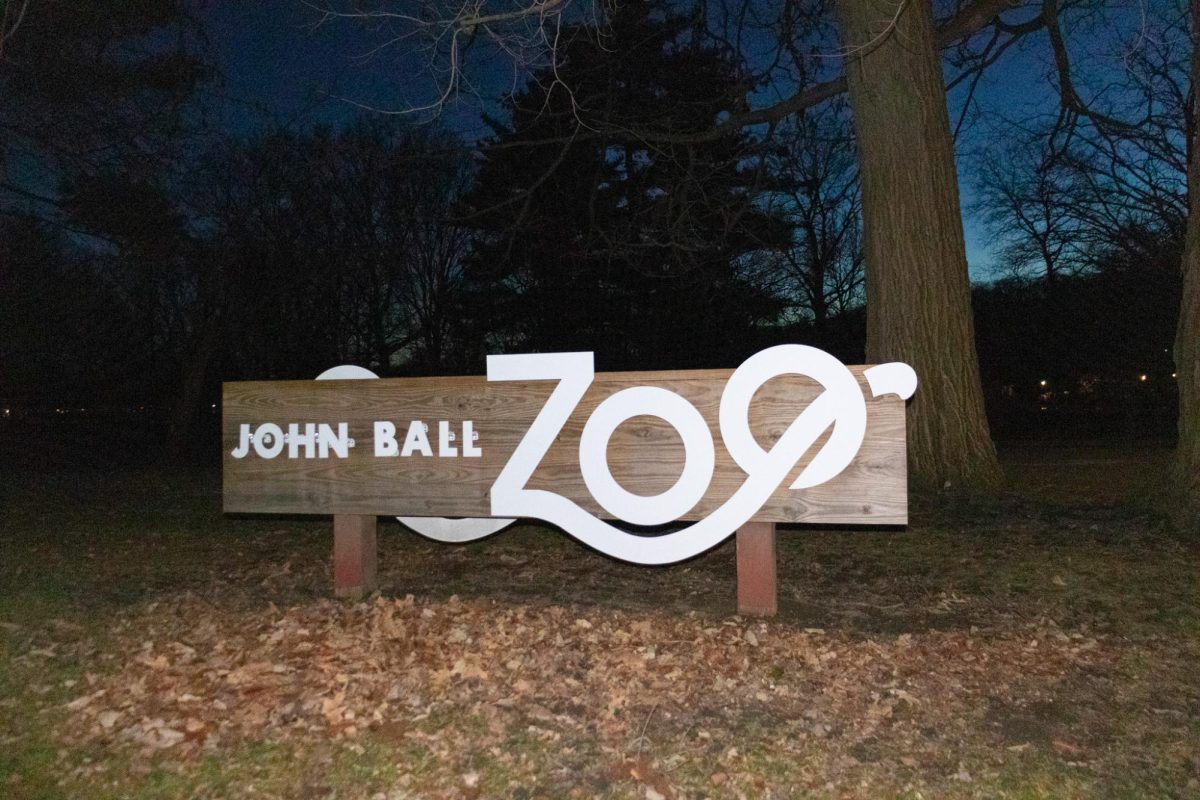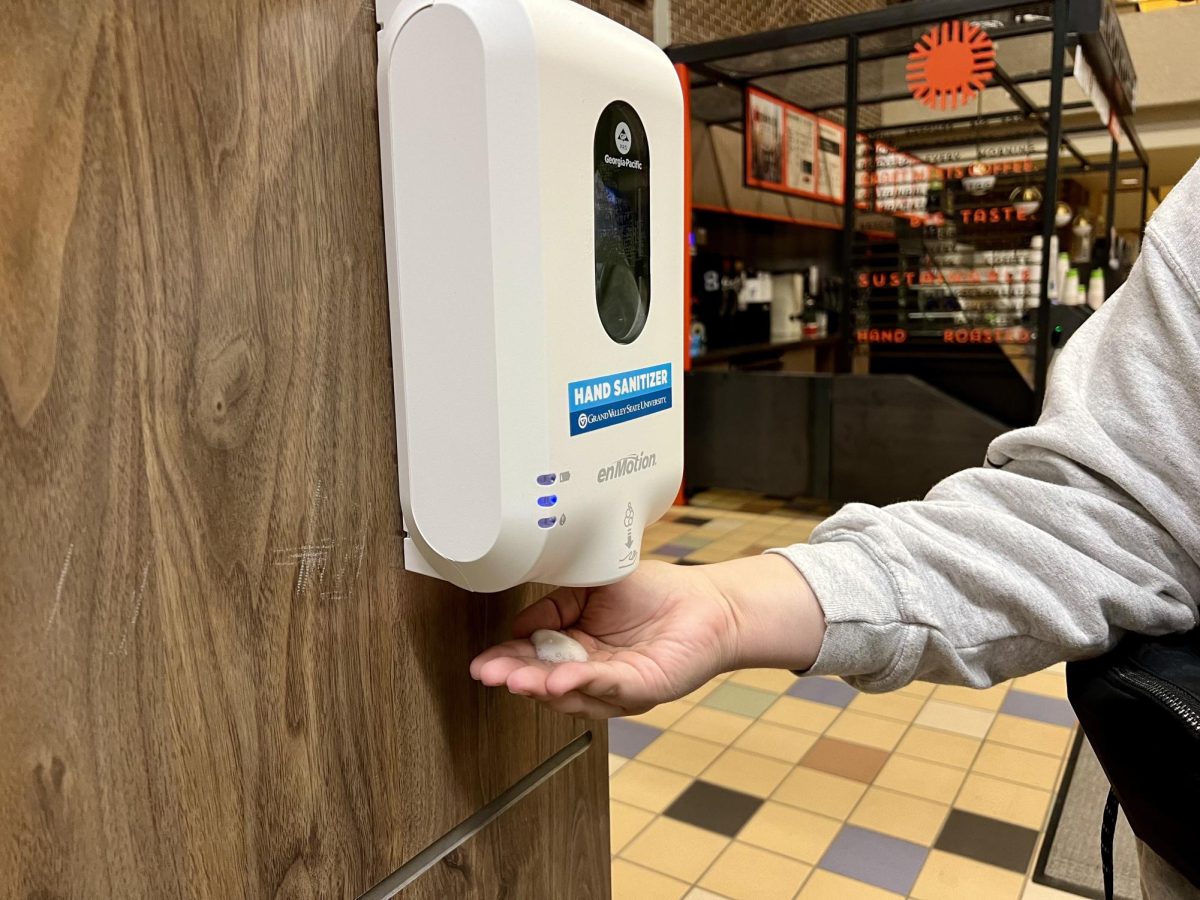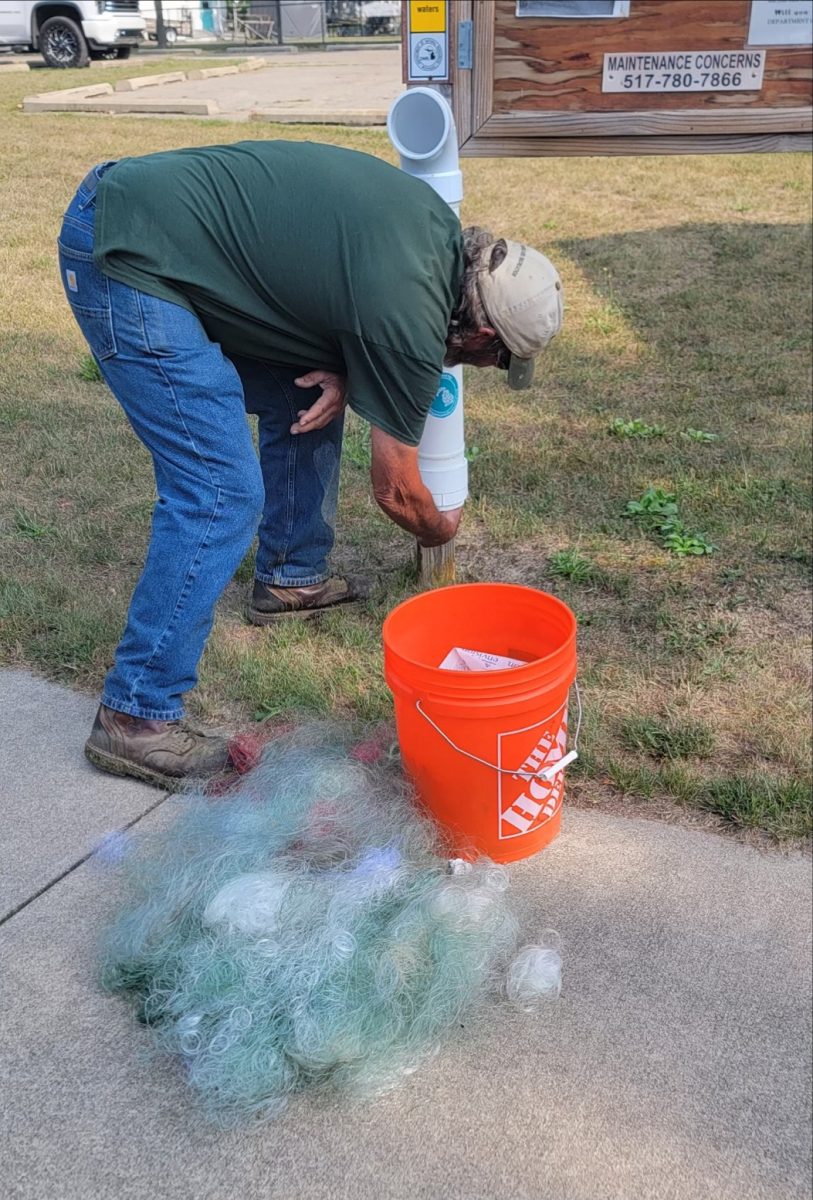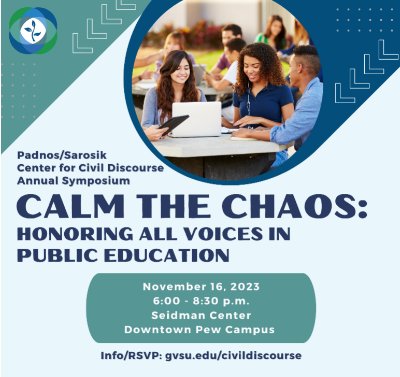Grand Valley State University libraries stand up for accessible information by celebrating the 15th annual “International Open Access Week” to help remove limitations and barricades on information. Various pop-up events will occur to celebrate Open Access Week, with the official international recognition taking place Oct. 23 through 29. Through this period, many fees and barriers are removed for students trying to access information.
Fees and paywalls can sometimes become an issue for accessing research. Some students have also found it difficult to access certain databases without special permission. GVSU’s libraries which include the Mary Idema Pew Library, the Steelcase Library, Frey Foundation Learning Commons and Seidman House use Open Access Week as a method of making those difficulties more approachable for students.
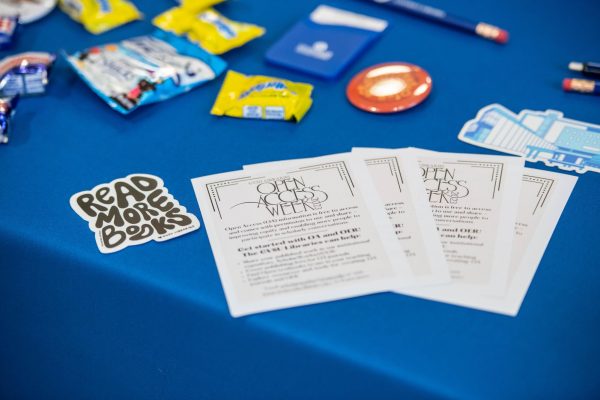
“Open Access is about removing barriers to knowledge in the ways we create, share and use information – especially financial barriers like textbook costs and subscription fees,” Matthew Ruen, GVSU’s Scholarly Communications Outreach Coordinator, said. “Open Access Week is an opportunity for us to celebrate Laker faculty, staff and students who help make more academic information available to more people than ever before.”
Many students aren’t aware of the library’s functions and what the library can do for students. While it’s a great environment to study, it also provides numerous resources such as the Knowledge Market and the Liaison Librarians to help students find the information they’re looking for. The library greatly prioritizes access to information and various resources. Ruen said the GVSU libraries spend “roughly $6 million a year to provide access to various academic articles, journals, databases, ebooks and everything else in our catalog.”
Additionally, Open Access Week raises awareness of how to find specific resources like medical journals which can be otherwise difficult to obtain.
“Open Access to research also has practical benefits for everyone,” Ruen said. “For example, it can take years for new medical research in subscription journals to reach healthcare professionals–but they (students) can find and adopt new ideas from Open Access research right away. We saw this in 2020: many scientists studying COVID-19 used Open Access platforms to share genetic data and other early discoveries, and that allowed other researchers to develop and test vaccines faster than ever before.”
Various textbooks made by GVSU faculty are provided to students both online and for free through the repository program ScholarWorks@GVSU. ScholarWorks is a success story for Open Access Week, recording over 13 million downloads since its launch in 2008. Ruen said ScholarWorks reaches “learners and scholars in every country and on every continent in the world.” One example of faculty texts that are available through Open Access Week is “Active Calculus” by Matthew Boelkins, Lead Author and Editor Department of Mathematics at GVSU.
The GVSU librarians say the library is a great place and resource to get information and research. They said the librarians are more than happy to step in and help answer inquiries.
“From my perspective, the ultimate point of any university is to learn new things about the world and share what we learn,” Ruen said. “Open Access Week is a reminder that we have the technology to share our knowledge with a global community of learners, and a celebration of all the ways we are doing so.”



